Tips for Hiring Staff
In order for your business to grow, you will need to hire new employees and create new roles.
Hiring a new member for your team is always a challenge, and it becomes even more difficult when you are hiring for a brand-new position.
Business owners who are able to allocate workplace responsibilities in an efficient and logical way stand to reap significant benefits in the long run.
The challenge is not just choosing the right person but also making sure that you have clearly defined the new role and established your expectations. You should spend some time thinking carefully about the skill set, experience and aptitude that you will require from your new employee.
Even in times of high turnover, many owners are anxious about the financial commitment of taking on new staff members. While paying additional wages may seem like a gamble, failing to take on the extra labour you need will almost certainly damage your business.
You and your current employees will have much more stress to deal with, and chances are that efficiency and quality may suffer down the line.
In situations where you are worried about taking on a new staff member, it is important not to make the mistake of hiring an inexperienced person on the sole consideration that you are able to pay them a modest salary
You need to think very carefully about what your business needs today and what you may require from your team as you continue to expand.
For example:
as things get busier, you may find that you will need to devote more of your time to dealing with suppliers, and as a result, you will need someone you can trust to manage day-to-day matters at your store.
Hiring new staff and defining their roles within your business is incredibly important to your future success. Staff are the most important asset that a business has, and the way that management has defined roles and responsibilities can have a significant impact on employees’ abilities to perform.
It is important for you to write down all of the tasks you would expect a new employee to complete and the responsibilities they might be expected to take on in the future, before you begin recruiting.
Take a step back and review your list once you have written down everything you can think of.
At this point, you need to consider whether or not it is going to be in the business’s best interests to have a single person take on every task.
You may realise that some of the tasks are suited to an entry-level position, whereas others require specific skills and experience.
If this is the case, you should consider various options for restructuring the division of work between existing roles so that the new role will be suited to a specific type of candidate.
There is also always the option of creating a part-time position, or even two part-time positions, instead of a full-time role as well, pending business budgets & expenses
Many businesses will require extra help in busy periods such as the Christmas holidays. In cases where you are hiring someone for a specific time period, you should be upfront with them from the start and clearly explain the dates you have in mind.
Hiring and creating a new role for your business requires careful planning, particularly around payroll, classifying the employee, or even integrating and onboarding them into the pre-existing structure. Speak with a professional business adviser if you are unsure about any of the procedures that you may need to put in place during the hiring process
Thank you for reading!
Should you have any queries in regards to the above please contact our office on (03) 9728 1448
The TAS Team
3/653 Mountain Highway, Bayswater VIC 3153
The information contained in this publication is for general information purposes only, professional advice should be obtained before acting on any information contained herein. The receiver of this document accepts that this publication may only be distributed for the purposes previously stipulated and agreed upon at subscription. Neither the publishers nor the distributors can accept any responsibility for loss occasioned to any person as a result of action taken or refrained from in consequence of the contents of this publication.

